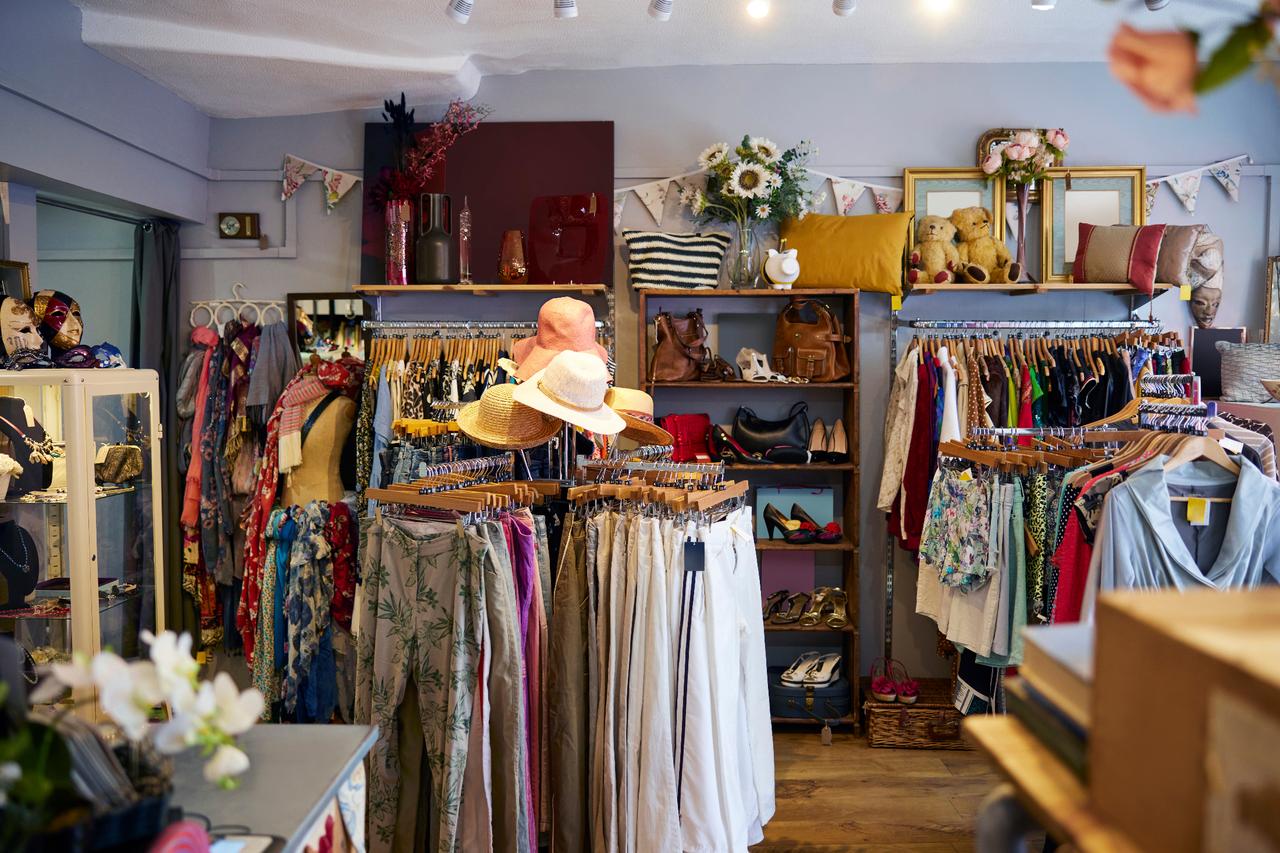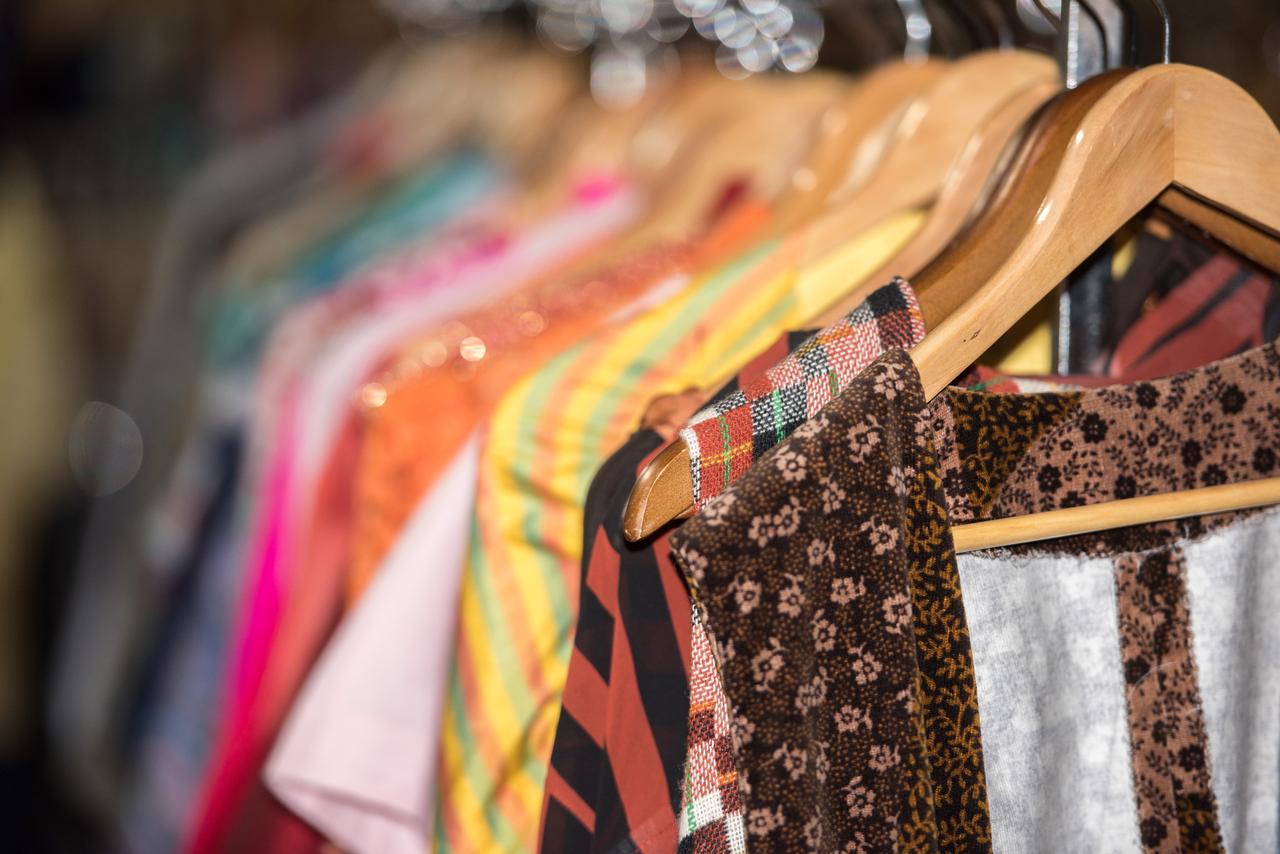
What was once considered embarrassing wearing second-hand clothing has now become a point of pride for Gen Z. Young people today are finding everything they need on resale websites, mobile apps or the growing number of second-hand stores. But why is this generation so drawn to pre-owned fashion?
The reasons are both environmental and economic. Gen Z is highly aware of the fashion industry’s environmental impact, from textile waste to carbon emissions. Sustainability is not just a trend, but a social responsibility. Rising living costs make new clothing and luxury items less accessible, while second-hand fashion allows them to enjoy high-quality pieces at lower prices.
According to the Pion Youth Trends Report 2024, 66% of young consumers now prefer second-hand shopping and 83% consciously reduced unnecessary spending over the past year.

Vintage items are particularly appealing. While traditionally defined as clothing over 20 years old, online culture has broadened the term to include any second-hand piece associated with exclusivity. Gen Z seeks unique styles in a globalized fashion world where everyone follows similar trends.
Pre-owned garments often offer better quality than new mass-produced items, adding to their appeal. Nostalgia and appreciation for craftsmanship also play a role, allowing young consumers to connect with past aesthetics while expressing individuality.
Social media platforms like TikTok and Instagram have popularized second-hand shopping. Young people participate in “digital treasure hunts” to discover unique pieces. Globally, second-hand markets are booming. In Italy, the number of second-hand consumers grew from 19 million in 2014 to 26 million in 2023. Worldwide, second-hand sales rose 18% last year, reaching $197 billion, and are expected to hit $350 billion by 2028. Even luxury brands are embracing resale channels to meet growing demand.
Despite this environmental awareness, experts note a paradox: Gen Z is also among the fastest consumers of fast fashion, chasing constantly changing trends while seeking sustainable alternatives.
Ultimately, second-hand fashion for Gen Z is more than a way to save money. It combines environmental responsibility, economic practicality, and the pursuit of a unique identity, shaping a fashion landscape that is more sustainable, personal, and ethically aware.